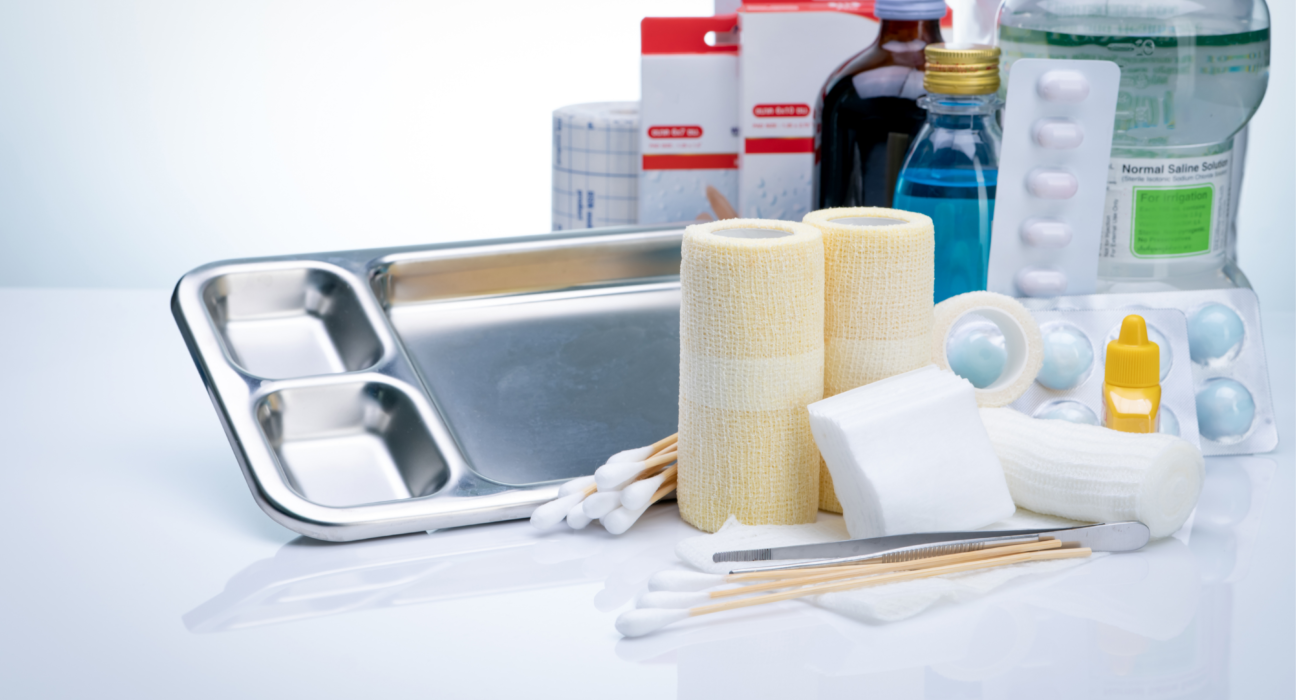Cuts and wounds are everyday occurrences, often caused by household items like knives or broken glass. Knowing how to properly clean and treat wounds can expedite healing and minimize pain.
Let’s debunk some common myths surrounding wound cleaning:
Myth #1: Rubbing Alcohol and Hydrogen Peroxide are Ideal for Cleaning Wounds While these liquids can kill bacteria, they can also harm surrounding healthy tissue. It’s best to avoid using rubbing alcohol and hydrogen peroxide to clean wounds. Instead, wash the wound with warm, soapy water, as tap water works just fine for this purpose.
Myth #2: Wounds Should Remain Completely Dry to Heal Contrary to popular belief, wounds shouldn’t be completely dry. It’s beneficial for wounds to be moist but not wet. Apply a small amount of topical antibiotic ointment or plain petroleum jelly to keep the wound moist and aid in healing. After cleaning the wound, cover it with a bandage to protect it from dirt and bacteria.
Myth #3: Topical Antibiotic Creams Always Improve Wound Healing While topical antibiotic creams may help, the moist wound environment plays a significant role in promoting healing. Studies have shown no significant difference in wound infection rates between white petroleum ointments like Vaseline and over-the-counter antibiotic ointments.
In summary, always cover and protect your wound, keep it moist, and clean it regularly for optimal healing.

